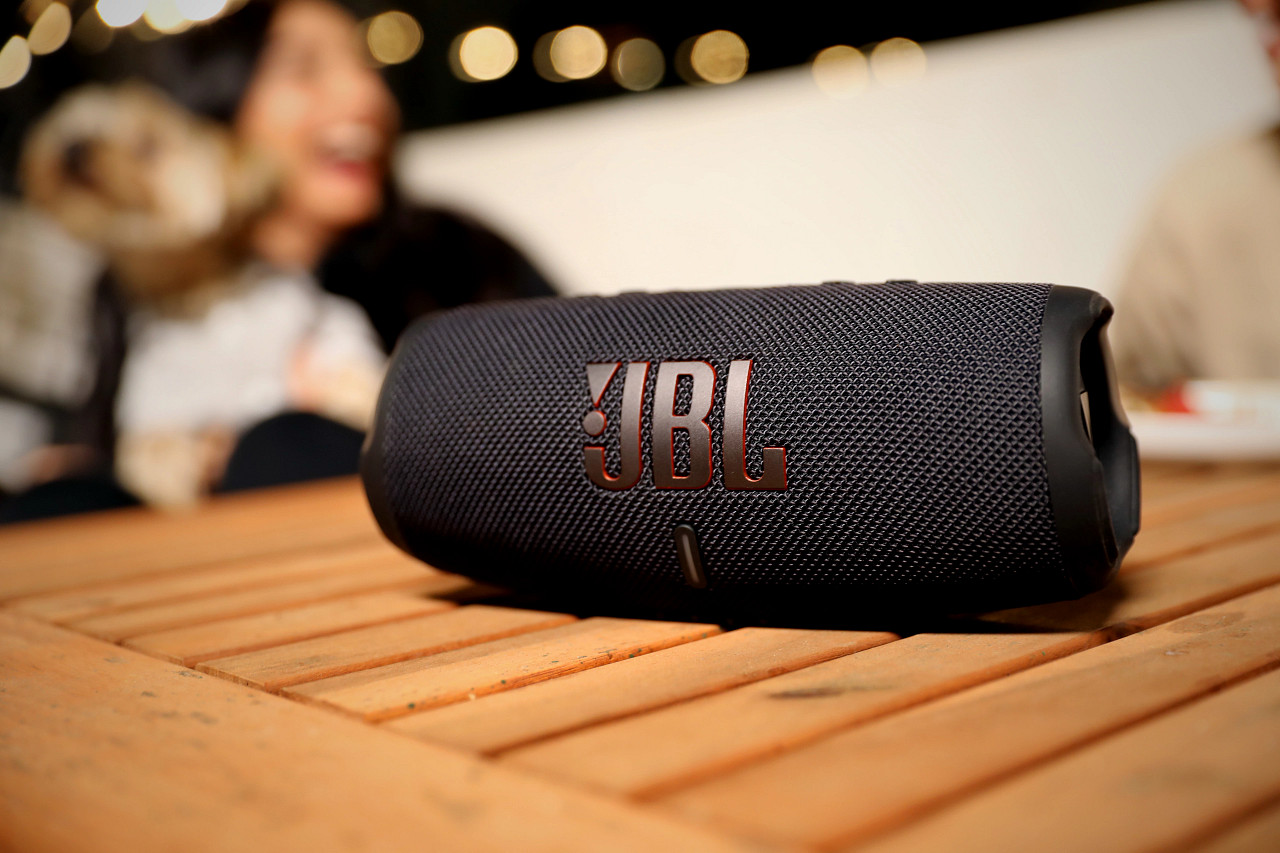
A big advantage the Flip 6 has over the Flip 5 is the ability to EQ the sound, which gives it a more versatile sound character. Overall, the changes are minimal and only noticeable if you compare them side-by-side. The low range is virtually identical in my opinion.

The Flip 6 has more punch and definition in the mids, but sometimes can become more harsh and bright sounding as a result. The Flip 5 is somewhat subdued in the highs compared to the Flip 6, most likely due to the added tweeters. Frequency Responseīoth Flip 5 and Flip 6 have similar sound characters. However, both speakers can hit pretty loud dynamics regardless, but the Flip 6 has a slight edge. This is especially impressive on the part of the Flip 6 because it has nearly identical hardware, yet manages to hit much louder volumes without sacrificing clarity compared to the Flip 5. The Flip 6 is noticeably louder than the Flip 5. This only works on identical model Speakers, ie a Flip 6 can only enter stereo mode with another Flip 6. Stereo Mode – Allows you to connect your JBL Speakers and divide the signal into an LR configuration. Party Mode – Allows you to connect up to 100 Partyboost compatible JBL Speakers together to increase volume and presence
#Jbl charge 5 partyboost Bluetooth#
The JBL Flip 6 has a frequency response of 63 Hz – 20 kHz and has Bluetooth 5.1 JBL Partyboostīoth the Flip 5 and Flip 6 are only capable of mono audio on their own. The JBL Flip 5 has a frequency response of 65 Hz – 20 kHz and has Bluetooth 4.2 Both speakers are compatible with JBL’s Partyboost feature, which allows the speakers to be synced with each other.
#Jbl charge 5 partyboost drivers#
In addition to having all of the same drivers as the Flip 5, the Flip 6 adds a separate 10-watt tweeter for better high-end clarity. They both have identical batteries and, in my experience, lasted almost an identical amount of time (12 hrs). While both are resistant to water and dust, the Flip 6 has an IPX67 rating, whereas the Flip 5 has an IPX7 rating, meaning the Flip 5 isn’t technically dustproof. Under the hood is where the two speakers start to differ.

Everything else, from the button scheme to the size and weight is essentially the same (though the Flip 6 is technically 0.01 lbs heavier than the Flip 5). I prefer the Flip 5’s more minimal logo design, but that has no noticeable impact on the sound. The Flip 5 and Flip 6 are virtually identical, with the only discernible difference being the JBL Logo on the front. JBL Flip 5 Sand finish JBL Flip 6 Grey Stone Finish Look and Feel

I’m going to compare the two to see if JBL truly upgraded the Flip line, or tainted their money-printing formula. Both models come in at $130 MSRP, so it comes down to personal preference (though the Flip 5 is usually on sale). With the release of the Flip 6, JBL sought to improve upon the Flip 5 while still keeping the aspects that make it so popular. The Flip 5 is known for its balance between portability, power, and affordability. JBL’s Flip line is one of the most popular models of Bluetooth speakers on the market.


 0 kommentar(er)
0 kommentar(er)
